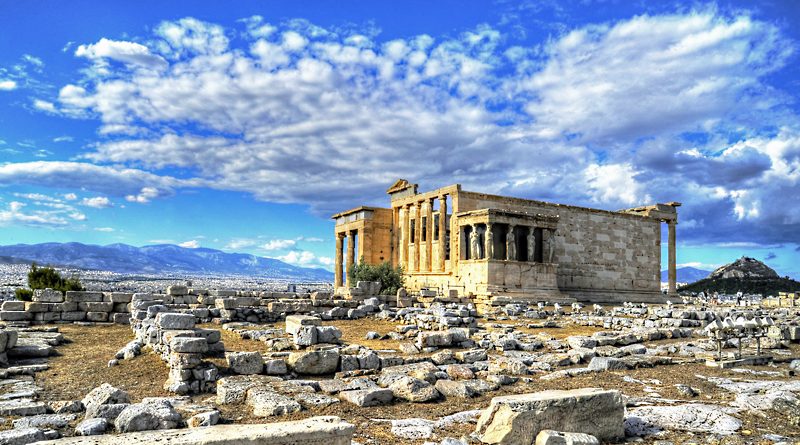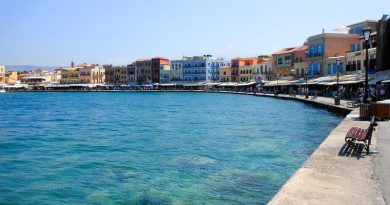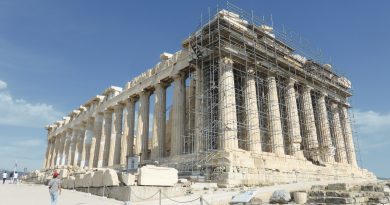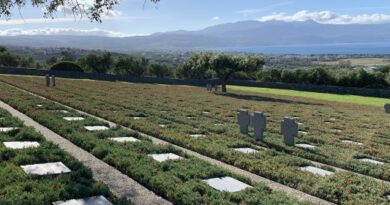The High City of Athens: history of Athens and the Acropolis
Facts
Where: Athens, capital of Greece
When: Built in present guise 500BC
History: Centre of the ancient Greek civilisation, great scientist, philosophers and warriors
Go there for: The stunning preserved remains of a 2.5 millenia old masterrace
The Acropolis (literally ‘high city’) is one of the most important monuments in the Western world. With the impressive Parthenon temple perched on the summit, the Acropolis is a rocky plateau about 165 ft high which towers over Athens and symbolises the glorious history of this ancient city.
History of Athens and the Acropolis
The history of Athens and the Acropolis is nothing short of wondrous! According to Greek mythology, the goddess Athena and sea-god Poseidon, had a contest to decide who was to be the rightful owner of Attica, the country around Athens. Poseidon struck his trident into the Acropolis and a salt spring rose up from the ground; Athena, in her turn, produced the first olive tree, and was judged the winner by the Athenian people.
The Acropolis was first inhabited in Neolithic times, but the first temples, none of which still stand today, were constructed during the Mycenean era. In 480 BC the Acropolis was sacked by the Persians, and all the buildings were reduced to rubble. Pericles, a powerful Athenian statesman, initiated an ambitious rebuilding programme in 447 BC, which included the impressive Parthenon temple (‘the temple of the maiden’), built in the Doric style and decorated with an Ionic frieze. The Parthenon housed an enormous gold and ivory statue of Athena, made by master craftsman Pheidias, and was dedicated to the goddess in 438 BC. Henceforth the Acropolis was one of the most important religious sites in the whole of Greece.
Pericles commissioned a number of other buildings for the Acropolis, including the Propyleia, the Temple of Athena Nike and the Erechtheum. They have all suffered somewhat at the hands of history, having been defaced during foreign occupation, ransacked by foreign archaeologists and damaged by earthquakes. In 1687 a conflict between the Venetians and the Turks culminated in an explosion on the acropolis, and the Parthenon was ablaze for two days.
The Parthenon frieze, along with some other sculptures, is now housed by the British Museum in London. These works of art are have been dubbed the ‘Elgin Marbles‘, because they were acquired by Lord Elgin when he was envoy to Constantinople between 1709 and 1803, and later sold to the British government. The Greeks have been demanding their return ever since, but because of high pollution levels in Athens which are causing damage to many of the monuments which remain there, it has been decided that they are safer in London for the time being.
What’s There to See and Do?
The Acropolis is visible from almost everywhere in Athens and is floodlit at night. It is best to visit early in the morning, as especially during the peak season there are enormous crowds later in the day. There is only one entrance to ascend the Acropolis but a number of different approaches to it. The most atmospheric takes you through the backstreets of Plaka Anafiotika.
As well as the impressive structure of the Parthenon, there’s a number of small temples on the Acropolis. You can visit the Erechtheion, the sanctuary built on the mythical site of Athena’s contest with Poseidon and the Temple of Athena Nike. On the southern slope of the Acropolis is the Theatre of Dionysos, an enormous auditorium built between 342 and 326 BC.
You can see some of the remaining sculptures and reliefs in the Acropolis Museum, in the south-east corner of the Acropolis. The rooms are organised in chronological order, but the displays are nowhere near as spectacular as in the British Museum in London, or even the National Archeological Museum in Athens.
Entry to the site itself costs around 12 Euro ($11 US). Be prepared to view this slice of ancient history through scaffolding, however, which holds together some of the main intact parts of the site.
By Jess Halliday




